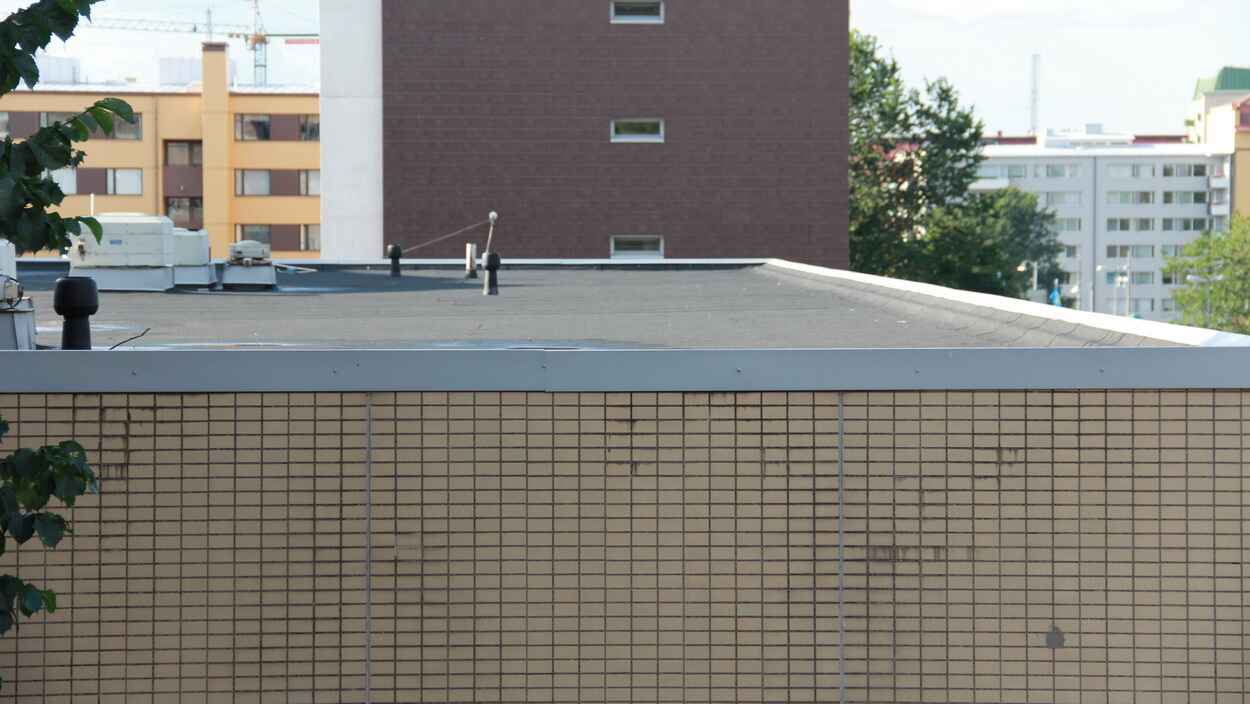Have you ever wondered if your flat roof can handle the weight of heavy snow during winter months?
It’s a common belief that flat roofs are less sturdy than sloped roofs when it comes to supporting weight, but the reality may surprise you.
Understanding a flat roof’s weight capacity involves various factors beyond its appearance.
Stay tuned to uncover the key elements that determine how much weight a flat roof can genuinely support and ensure the safety of your property.
Factors Affecting Flat Roof Weight Capacity
Understanding the factors that affect a flat roof’s weight capacity is crucial for ensuring the structural integrity of the building. One key factor to consider is the design of the roof. The slope and shape of a flat roof can impact how much weight it can support. Roofing professionals often emphasize that a flat roof with a slight slope is better equipped to handle heavy loads like snow or equipment than a completely flat surface.
Another critical factor is the materials used in constructing the roof. The type and quality of materials play a significant role in determining the weight capacity of a flat roof. For example, roofing professionals frequently note that a roof made of lightweight materials may not support as much weight as one constructed from sturdier materials like concrete or metal.
Understanding Roofing Materials
Roofing materials are a critical component in determining the weight capacity of a flat roof. The type of material used directly impacts how much weight a roof can support. Common roofing materials include asphalt shingles, metal, concrete, and wood. Each of these materials has different weight-bearing capacities and characteristics that influence the overall strength of the roof.
Asphalt shingles are lightweight and suitable for most residential applications. They’re cost-effective and easy to install but have a limited weight-bearing capacity compared to other materials. On the other hand, metal roofing is durable and can support more weight than asphalt shingles. Concrete roofs are incredibly sturdy and can handle heavy loads, making them suitable for commercial buildings. Wood roofing materials are typically lighter but may require more maintenance.
Importance of Proper Roof Design
When designing a flat roof, ensuring proper structural integrity is paramount. Proper roof design is crucial for distributing weight evenly and ensuring the longevity of your building. A well-designed flat roof can withstand heavy loads, such as accumulated snow or equipment placed on the roof.
By considering factors like the roof’s slope, drainage system, and materials used, you can prevent issues like ponding water or excessive strain on the structure. A sound design minimizes the risk of leaks, sagging, or even roof collapse.
Moreover, proper roof design contributes to the overall efficiency of your building. A well-designed roof can improve energy efficiency by allowing for the installation of insulation or solar panels. It also enhances the structure’s aesthetic appeal.
Regular Maintenance for Structural Integrity
Regular inspections and upkeep are essential to maintaining the structural integrity of your flat roof. By conducting routine checks, you can identify issues early on and prevent them from escalating into costly problems. Inspect the roof for any signs of wear and tear, such as cracks, ponding water, or loose materials. Addressing these issues promptly can prolong the lifespan of your flat roof and ensure it can support the necessary weight.
Safety Measures for Roof Load Management
Regular maintenance of your flat roof preserves its structural integrity and is critical in ensuring safety measures for effective roof load management. Implementing specific measures is essential to enhance safety and prevent overloading.
Firstly, regularly inspect your roof for any signs of damage, such as cracks, leaks, or sagging areas, as these can weaken the roof’s ability to bear weight.
Secondly, ensure that any equipment or materials stored on the roof are distributed evenly to avoid concentrated loads in one area.
Additionally, be cautious of accumulating excessive snow, water, or debris on the roof, as these can significantly increase the load and pose a danger.





